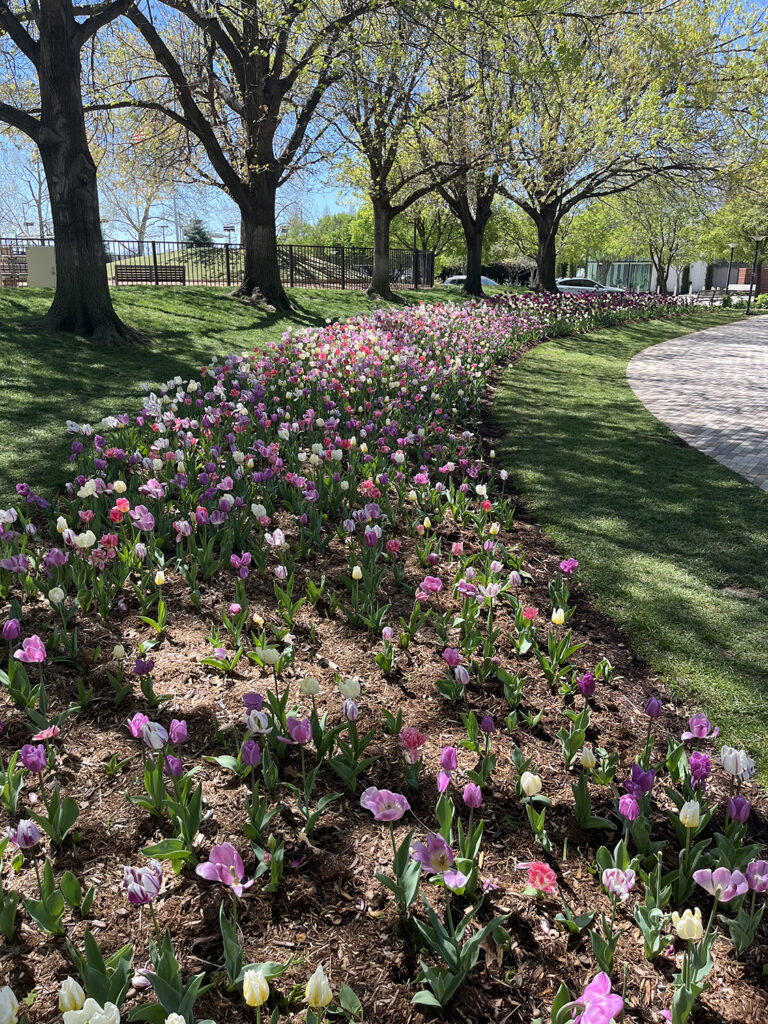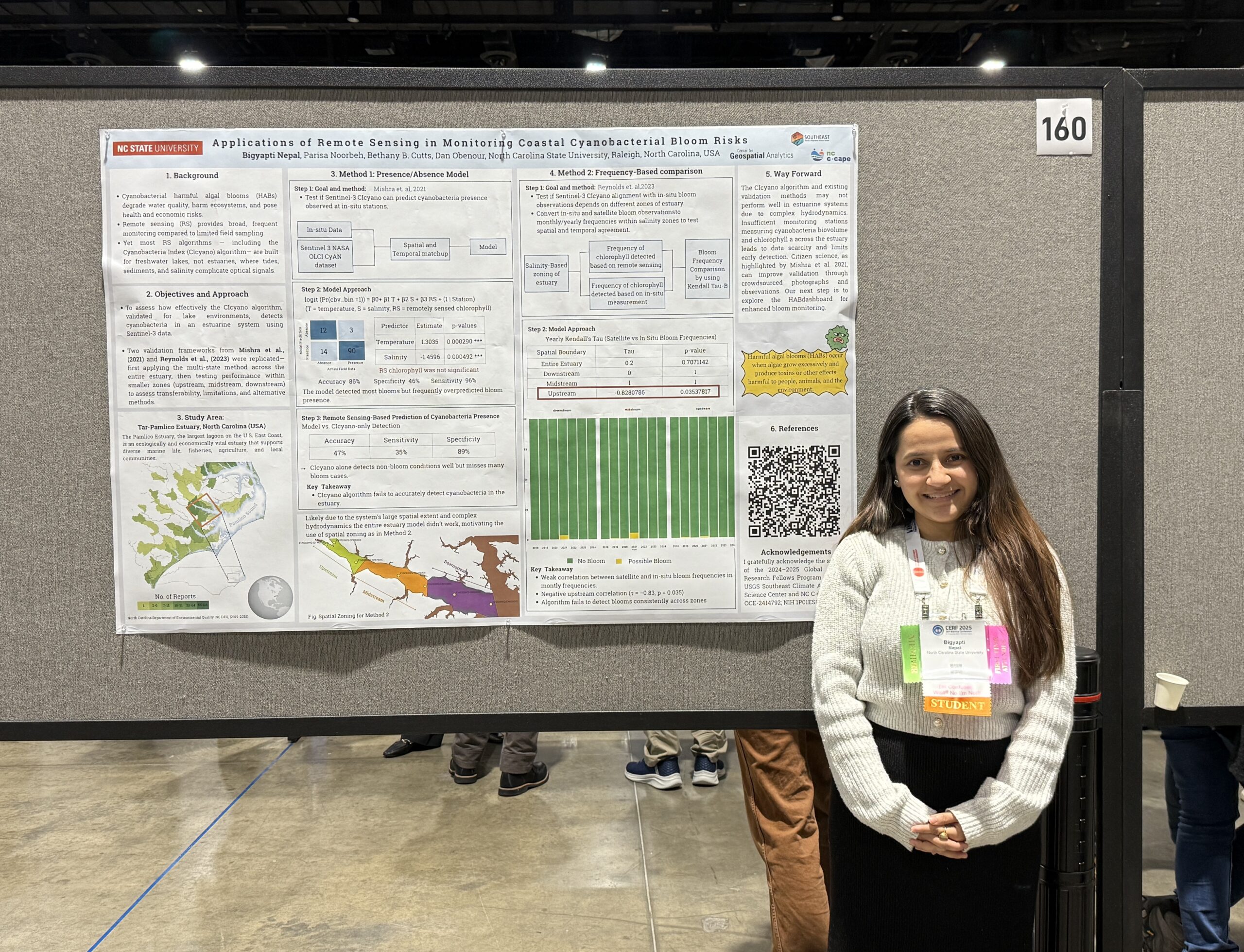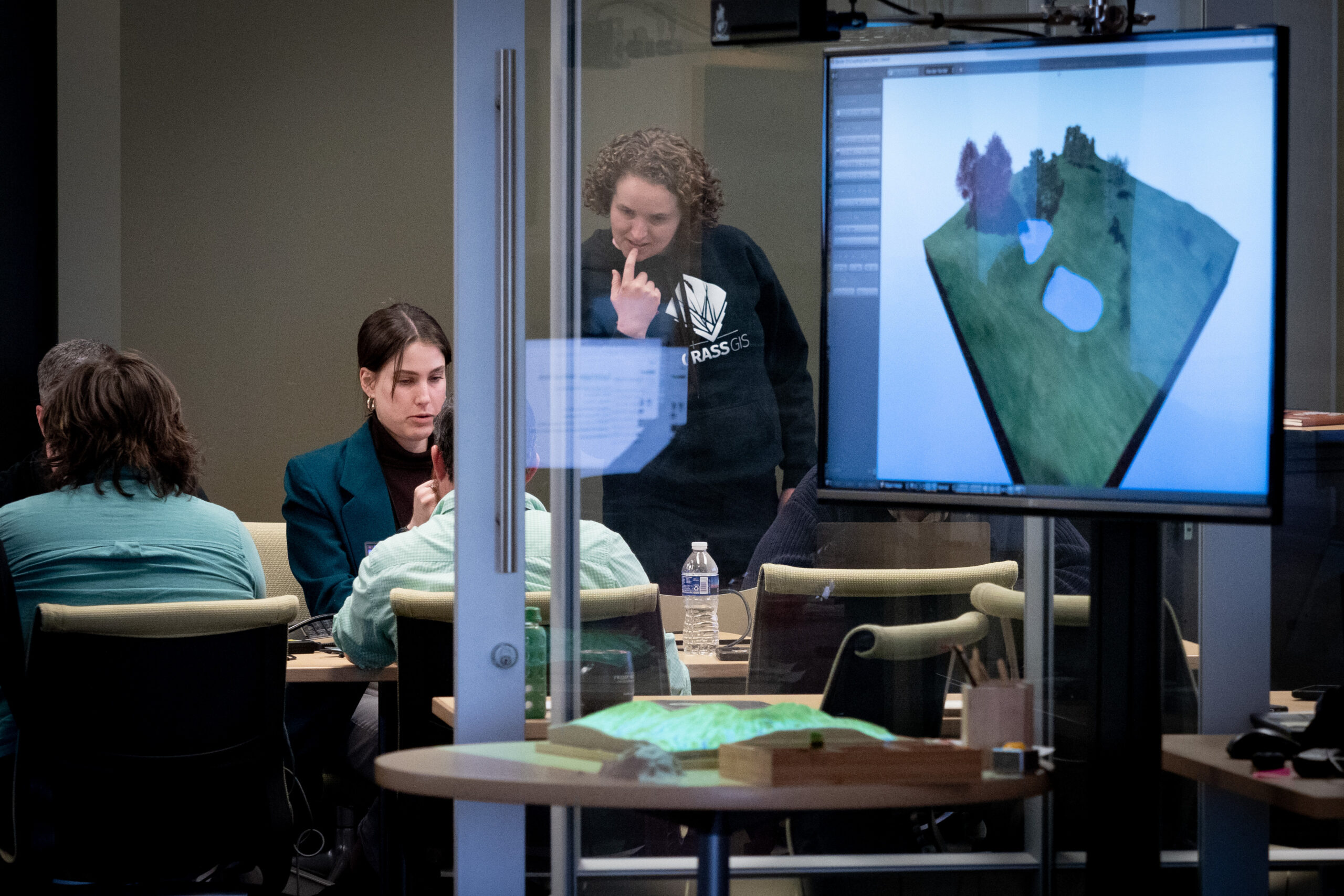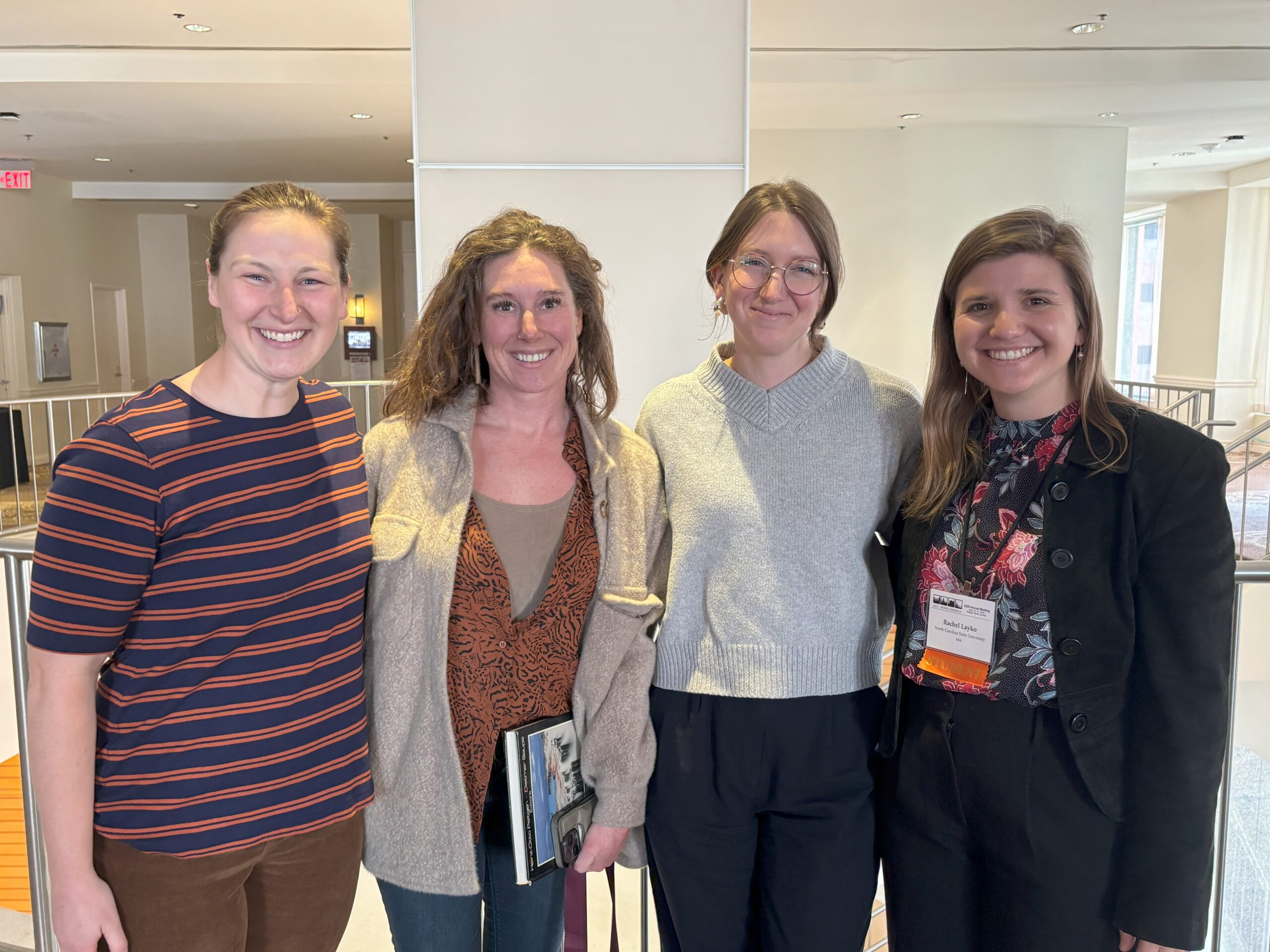Reflecting on IALE and Presenting What’s Driving Residential Development Near Protected Areas

Editor’s note: Each semester, students in the Geospatial Analytics Ph.D. program can apply for a Geospatial Analytics Travel Award that supports research travel or presentations at conferences. The following is a guest post by travel award winner Eamon Espey as part of the Student Travel series.
Recently, the Center for Geospatial Analytics supported my attendance at the annual conference of the North American chapter of the International Association for Landscape Ecology (IALE) in Oklahoma City, Oklahoma. This conference was appreciably smaller than any I have previously presented at, but nonetheless, I was able to find familiar faces among the attendees. In addition to sharing the work I completed during my first year in the Geospatial Analytics Ph.D. program, I had the pleasure of supporting my fellow students at their presentations, meeting experts in the field and visiting a part of the country I had not been to before.
I presented on characterizing the factors driving residential development near national parks and other federally protected areas. My analysis included multiple random forest (RF) regression models to identify the importance of dozens of variables related to population characteristics, land use, natural amenities, the business environment and proximity to protected areas. These RF models were used to identify patterns in development for two decades (2000–2010 and 2010–2020) at both the national level as well as ten smaller regions. In general, population and housing density remained prominent factors across the country in both decades. However, natural features such as the abundance of bird and mammal species and proximity to protected areas gained significance in the second decade compared to the first, hinting at a growing preference for areas rich in natural resources.
The presentation was well received by other conference attendees and led to multiple quality discussions. I was thankful for how engaged the audience was, asking multiple good questions after I had finished. I am also thankful to have been introduced to this community, and I hope to continue fostering these professional connections.
In addition to attending and presenting at this conference, I took the opportunity to explore the city with my colleagues. We got to see a tulip festival, enjoy a wonderful steak dinner and play a round of disc golf. The conference was a valuable experience for me both professionally and personally. I was able to share my research, learn about others’ research and network with professionals in my field. I am grateful for the opportunity to have attended this conference and I look forward to attending future conferences.

- Categories:


